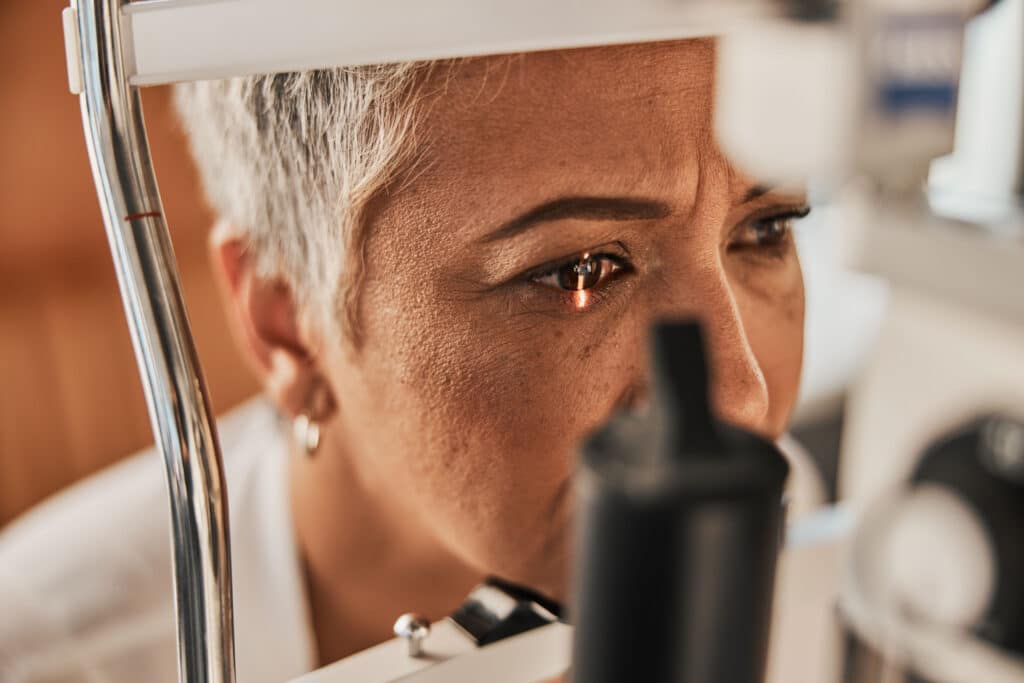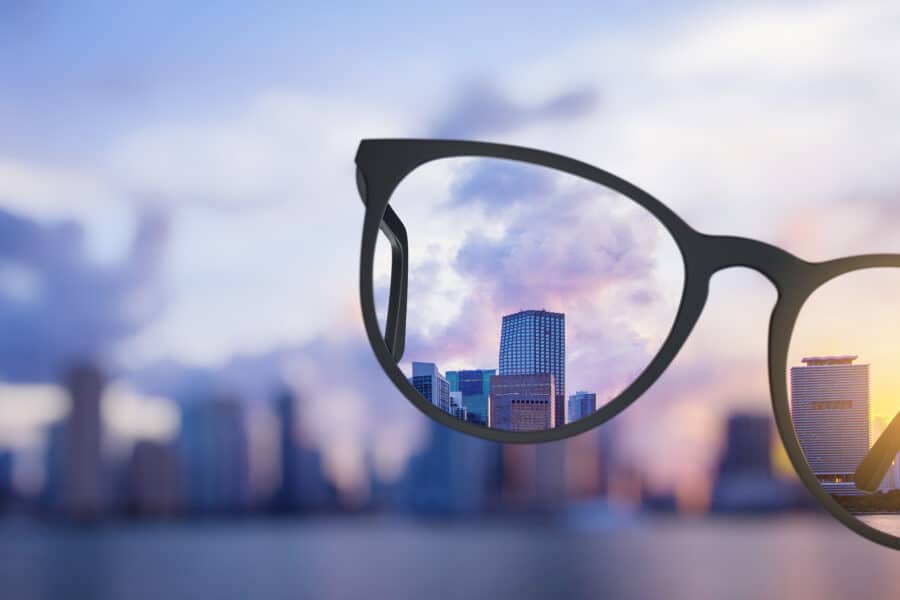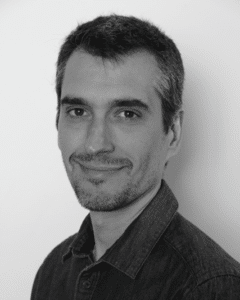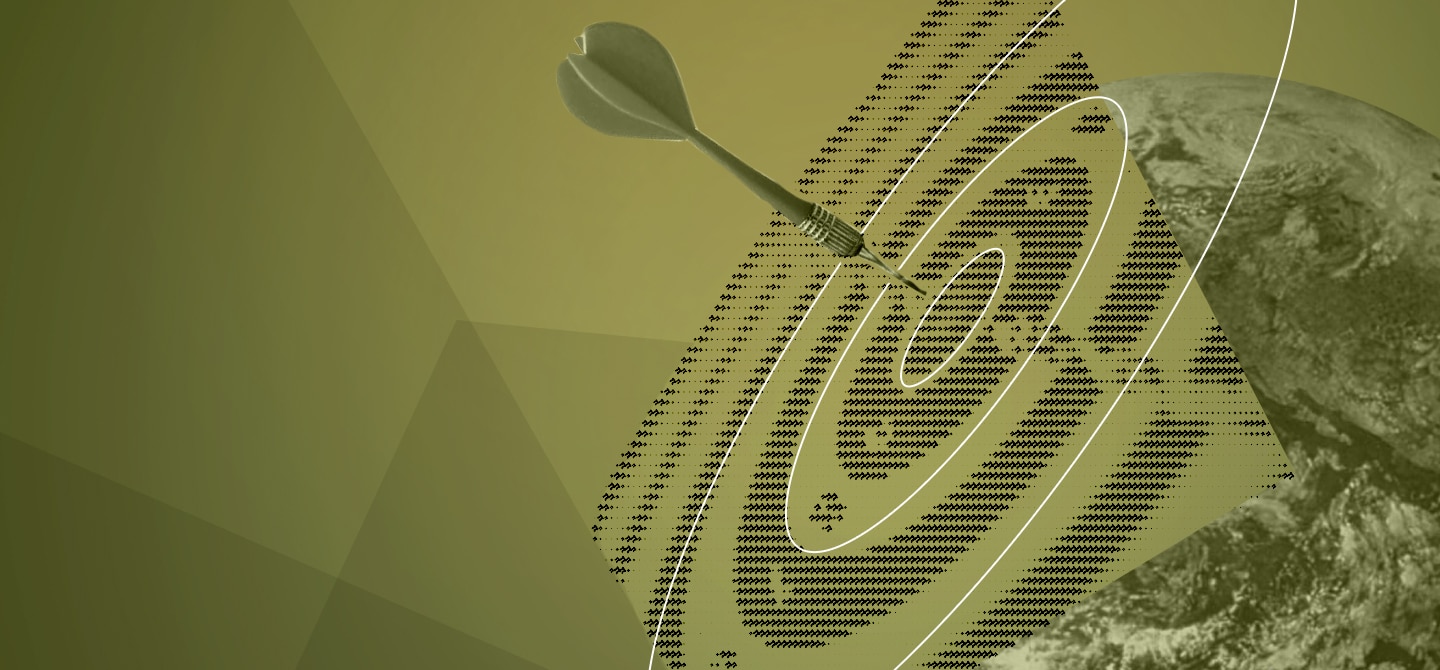What are the trends facing the corrective lens industry?
There are several developments affecting our sector – along with other sectors – on a global scale. Rising demographics, changing lifestyles and an ageing population all have an impact on visual health and access to care. Global warming is putting increased pressure on companies and their responsibilities and is influencing people’s health. Lastly, visual health is marked by an increase in disorders such as myopia, which could affect 5 billion people by 2050, a shortage of medical staff and poor access to eye care.
These underlying trends are well identified and present few uncertainties. However, the difficulty lies in integrating other factors. We are familiar with these weak signals including consumer behaviour, use of digital tools and so forth, but their evolution is uncertain.
How do you reconcile these trends and uncertainties in your foresight work?
We work within a certain perimeter – period covered, geographic zone, etc. – but our approach is holistic: Foresight must be considered from a global perspective. This means processing a lot of data. To ensure that this data is intelligible, we group major trends and weak signals into four categories: demand, healthcare regulators, supply, and the business ecosystem.
What is the purpose of these poles?
We produce micro-scenarios for each of them: they enable us to represent all possible futures. For example, regarding demand, one of the hypotheses considered is that, by 2030, European consumers will be divided into three groups: the most demanding, devoting a substantial budget to their visual health; a growing number of consumers constrained by their purchasing power; and consumers excluded from the market by lack of means or by choice. The service offering will become the cornerstone of the purchasing act. Other micro-scenarios are being considered: sobriety, for example, could become the new normal.
At EssilorLuxottica, how do you anticipate future trends?
Over the past two years, we have stepped up our approach by deploying an R&D foresight activity within the Science of Foresight and Innovation laboratory. Our positioning is quite specific: we provide support for innovation developed within the company. Our aim is not to make predictions, that’s never the purpose of foresight. We build scenarios that tell a story. This helps our research teams to project themselves into possible futures.
How are these scenarios built in practice?
We used morphological analysis. This method, invented by Fritz Zwicky in the 1940s, enables us to explore the field of possibilities by constructing foresight scenarios1. The framework of each scenario is a combination of hypotheses on the evolution of system variables.

Our foresight work, carried out in collaboration with the Futuribles institute, is based first and foremost on known past trends that are well described in scientific literature. These documented facts shed light on future trends. Next, we define hypotheses for future developments. Once the micro-scenarios mentioned above have been developed, global scenarios are constructed. Within each scenario, we have included the same variables: for example, government involvement in visual health. The scenarios constructed are therefore complementary and comparable. The choice of time frame is also very important: in too short a timeframe, the prospective work may be useless, and in too long a timeframe, it may decrease the commitment of the teams. Our work therefore focuses on the 2030 horizon.
Can you describe the scenarios you developed?
In the end, we came up with three scenarios. The first is characterised by significant market stratification, with most of the population consuming in a sober manner and others with high purchasing power. The second scenario is more oriented towards a visual health path considered as a service. Our aim would be to provide access to good visual health in the broadest sense, rather than just corrective lenses. Finally, the last scenario is more focused on prevention, which becomes a key element in consumers’ healthcare pathways.
In practical terms, how do these scenarios influence your R&D activities?
The point of the foresight approach is to help our R&D teams think differently and challenge their own assumptions. Apart from supporting innovation, the ability to successfully project into the future is key. For example, if we’re working on a new product, forward-looking scenarios help us to ensure that development will meet our needs. These scenarios also encourage us to work for visual health: by offering support solutions to populations, we can contribute to limiting the incidence of myopia worldwide.
However, foresight is only as good as the company’s ability to make it its own: our scenarios are out of sync with the company’s day-to-day business. The work of foresight does not stop with the creation of scenarios: communication is crucial. We consider that it takes a minimum of two years for our scenarios to become the company’s own.
Can your foresight work inform other industrial sectors?
Yes, in general, knowledge sharing is very important in foresight. When developing scenarios, there’s an element of intuition. Each company has a different perception of trends, and this sharing of knowledge enables us to orientate our hypotheses according to each sector. We have many exchanges with other companies involved in foresight work, particularly within Club Open Prospective.








